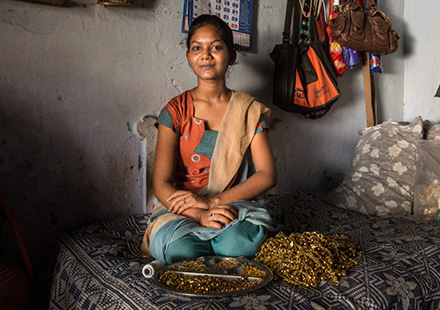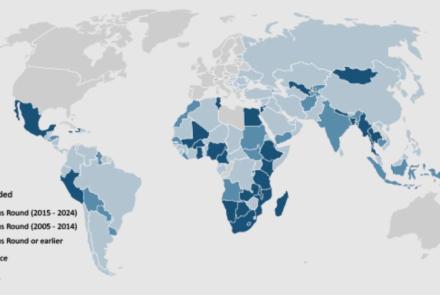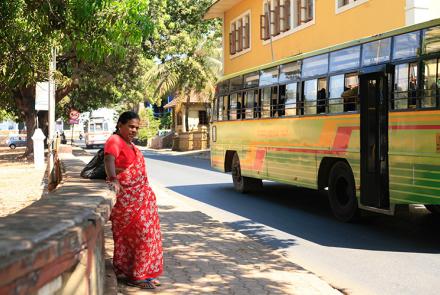THE GENDERED IMPACTS OF COVID-19 ON INTERNAL MIGRANTS IN INDIA
By Natasha Chhabra
The COVID-19 pandemic consumed the world in myriad ways and some continue to be affected more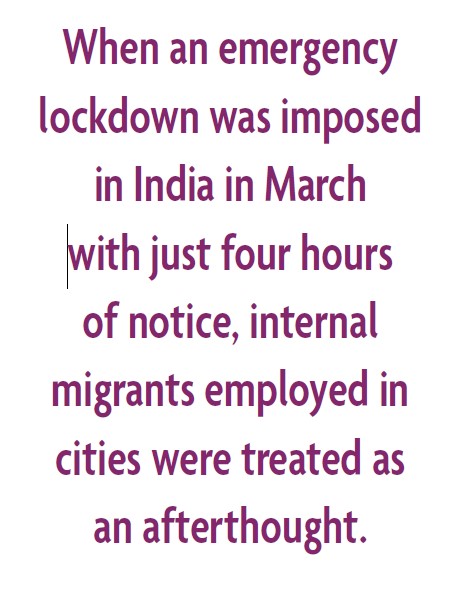 than others. In India, although the labor of internal migrants is integral to the functioning of big cities, they are offered little protection or sense of belonging. When an emergency lockdown was imposed in India in March 2020 with just four hours of notice, internal migrants employed in cities were treated as an afterthought.
than others. In India, although the labor of internal migrants is integral to the functioning of big cities, they are offered little protection or sense of belonging. When an emergency lockdown was imposed in India in March 2020 with just four hours of notice, internal migrants employed in cities were treated as an afterthought.
How were the lives of internal migrants affected by the pandemic? Previous research that has sought to explore the labor market impacts of the pandemic using a gender lens (Desai, Deshmukh, and Pramanik 2021) has found a difference in labor market access for men and women, but the gendered impact for migrants—a particularly vulnerable population—has been underexplored.
In September 2021, as the second wave of the pandemic was subsiding in India and some internal migrants had started to go back to the cities in search of work, we1 interviewed migrants in the city of Bengaluru, India, to explore how they had fared during the periods of no employment. As outlined below, four main themes emerged in the interview data: 1) survival/safety-net responses, 2) decision-making processes about travel, 3) money concerns, and 4) plans for the future.
HOW TO SURVIVE A LOCKDOWN
(RESPONSES FROM GOVERNMENT, EMPLOYERS, AND NETWORKS)
In the absence of work, how do social safety nets respond? The government announced relief packages for those who were impacted by the loss of jobs and disruptions to their livelihood and access to food and shelter; however, many among the vulnerable migrant population did not have readily available identity documents making it harder for them to access social security available through the government as has been observed in the past (Ahmed, 2019). Interviews from our research revealed that almost no one received any government benefits in their city of destination but that a few of the migrants had family members who received some benefits. Almost a
third of the sample interviewed remained dependent on subsidized food and rations either from the government
or their employers.
Responses from employers were subjective and varied. For informal work, these largely depended on the prepandemic relationship respondents had with their employers and the length of association. Further, the amount of help offered also varied depending on the employers: “The employer did feed us for 15-20 days but after that, he said that they would not be able to afford to keep us anymore since there were no earnings”.
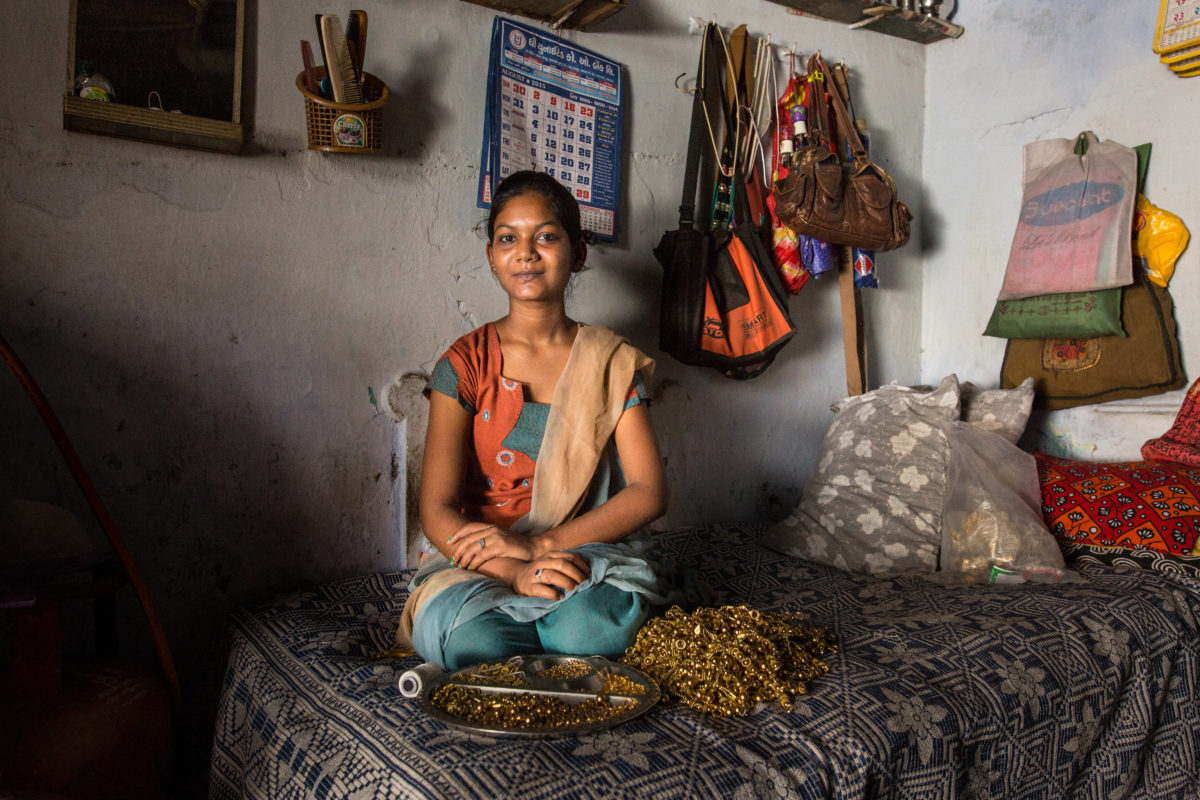
of Empowerment
DECISION-MAKING AND TRAVEL
A third of the sample we interviewed did not travel back home at all. A majority of those who did not travel home were women. Reasons for this ranged from fear of interrupting children’s education to unaffordable travel to strong ties in destination. Some respondents reported being fearful of losing their jobs if they left their cities of destination: “They (family) did tell me but I was fearful of going back because I did not want to lose my job”.
Out of the majority of respondents who were able to return, geography (intra versus inter-state movements) determined when respondents returned (March/May 2020 versus August/October 2020) and the duration of their stay (longer for inter-state respondents). In terms of decision-making, unsurprisingly more men than women respondents reported to have taken the decision to return to their hometowns singularly.
MONEY MATTERS (DEBT, SAVINGS, AND PRECARITY OF THE FUTURE)
A large number of participants revealed that they took on debt to get through the periods without any income. More than half of the respondents took on debt mostly to pay rent. Rent payments to landlords were deferred not
waived, even when migrants went back home in the absence of work. A participant revealed: “We did not have the money to pay rent. The owner was nice enough to not ask for it at that time since both of us2 did not have any earnings. He did not exempt us from paying it entirely…we pay small amounts every month”. Effects of an increase in debt and running out of savings has a disproportionate effect on women. A study on informal workers in Delhi found that for 51 per cent of workers with dependents, childcare burden had increased while 38 per cent workers reported an increase in care for the elderly (WIEGO, 2021). 15% of the women we interviewed revealed they exhausted all of their savings to survive periods of lockdown and no work.
FUTURE DISCOURSE
Despite hardships faced during lockdowns, almost half of the respondents reported that they would not return to
their hometowns due to no job prospects and no alternatives. A few respondents also reported that they would
stay in the current city of destination to pay off the debts they have incurred since the lockdown began. Almost
a third mentioned children’s education as a reason for continuing to stay in their current destination, including
the majority of women respondents. The role that women play in inter-generational mobility by prioritizing their
children’s education is under-researched, under-reported, and under-appreciated. Worrisome trends of depletion
of assets of women should also make us concerned about the impacts on children’s education. Men and women not
only experienced the pandemic differently, their experiences during the lockdown(s) have important lessons for
ongoing recovery.
REFERENCES
- Ahmed, N. (2019) ‘Vulnerability and social protection access’ in (eds) Rajan, I. and Sumeetha, M. Handbook of internal migration in India. New Delhi: SAGE.
- Desai, S., Deshmukh N. & Pramanik S. (2021): Precarity in a Time of Uncertainty: Gendered Employment Patterns during the Covid-19 Lockdown in India, Feminist Economics, DOI: 10.1080/13545701.2021.1876903
- Rajan, S. I., Sivakumar, P., & Srinivasan, A. (2020). The COVID-19 Pandemic and Internal Labour Migration in India: A ‘Crisis of Mobility’. The Indian Journal of Labour Economics, 1-19.
- WIEGO (2021), COVID-19 Crisis and the Informal Economy: Informal Workers in Delhi, India. Factsheet.
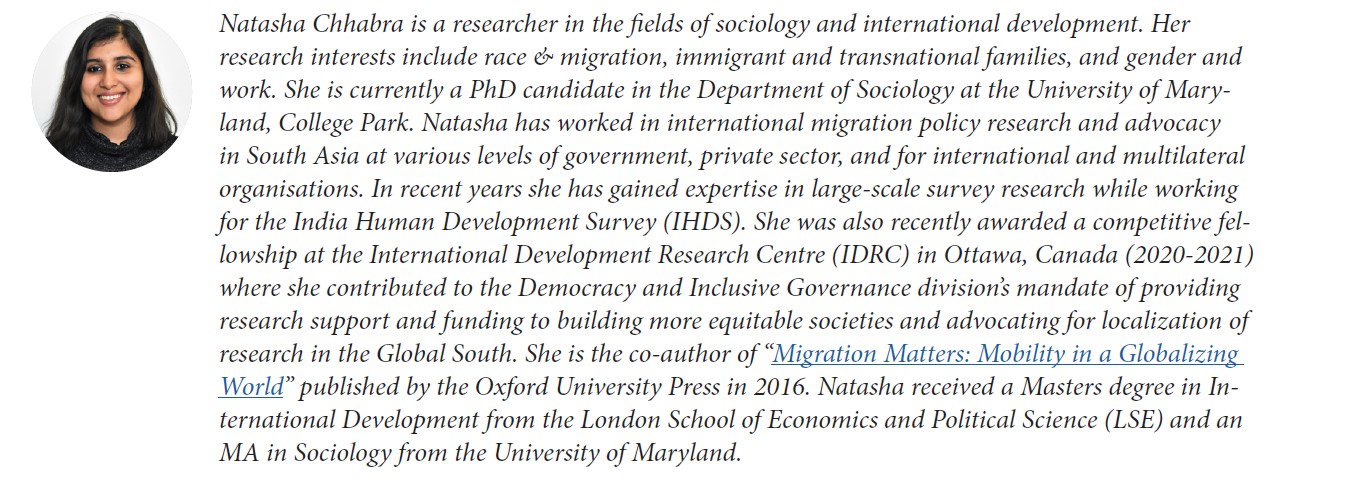
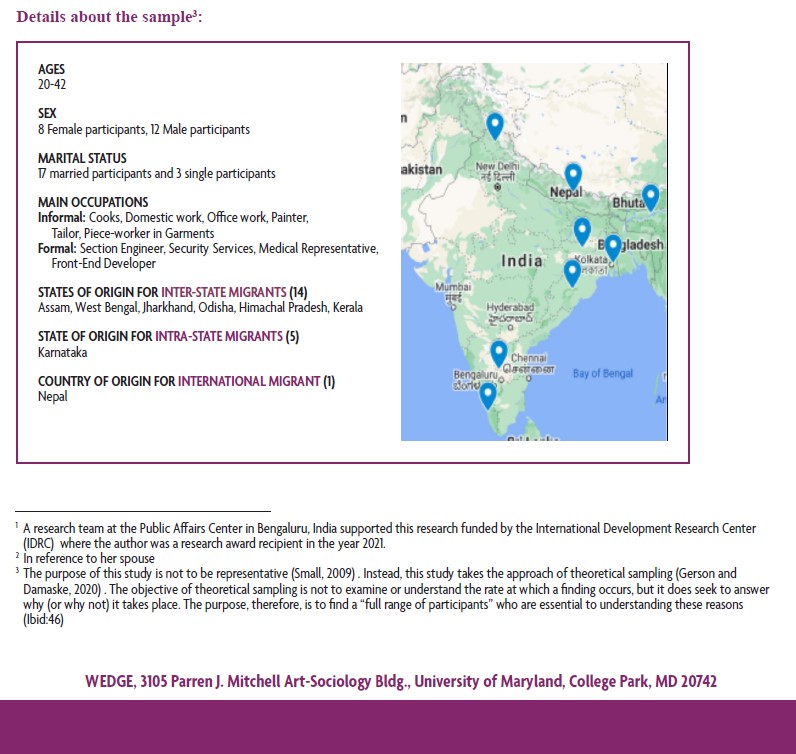
- Log in to post comments

